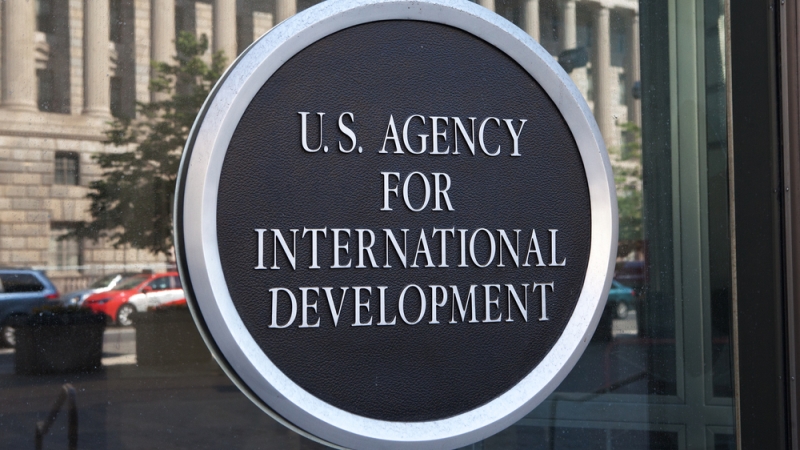
A firm understanding of grading mechanisms and reporting practices is the way to success, according to an official from the United States Agency for International Development, the first agency to ever receive an A on the Federal Information Technology Acquisition Reform Act scorecard.
“The key in regard to the scorecard is to understand the metrics and work with [the Government Accountability Office] to address areas where you have challenges,” said the official, who works in USAID’s Office of the Chief Information Officer and spoke to MeriTalk on the proviso of anonymity.
FITARA, an act written by Rep. Gerry Connolly, D-Va., and Rep. Darrell Issa, R-Calif., is meant to streamline the IT acquisitions process and properly use the $80 billion the government spends annually on IT. The most recent FITARA scorecard was issued June 13.
Congress monitors how well 24 agencies enact FITARA mandates through the biannual scorecard, which measures agency performance across four categories, including Incremental Development, Risk Assessment Transparency, IT Portfolio Review Savings, and Data Center Consolidation. Agencies are also given a letter reflecting their overall grade. USAID received A’s for enhancing CIO authority (incremental development), transparency and risk management, and portfolio review, successes that contributed to their overall A. The agency received a B on its data center optimization initiative.
“It was a bit of a surprise, but we were expecting no worse than a B,” the USAID official said.
Although USAID cracked the A-grade ceiling on the most recent scorecard, the agency’s improvement curve has been steep. Its overall scores on the past three scorecards were all D’s.
The USAID official said that some of the agency’s struggles in the past were the result of gaps in reporting and scoring. For example, USAID was not given a grade for Data Center Consolidation on the previous three scorecards. These blank spaces under one of the scorecard’s main criteria appeared not because the agency lacked a data center consolidation program, but because USAID set up its own consolidation initiative before the scorecard was created.
Only when representatives from the CIO’s office explained their initiative to GAO and the Office of Management and Budget did the agency’s scores align more closely with their efforts, the official said.
“We never felt as though it was honestly reflective of what we’ve been doing. They changed how they calculated data centers,” the official said. “It’s a matter of making sure data was being reported.”
Gaps in reporting also surrounded the category of Incremental Development for USAID, according to the official, who said that the agency had been reporting new software for a year and a half before it was recorded.
“We worked with GAO to make sure the data was reported,” the official said.
Despite USAID’s triumph, the June scorecard marks a departure from its December predecessor, which reflected an upward trend in grades. On the whole, agencies’ grades declined this time around. One agency—the department of Defense—received an F as its overall grade.
DoD spends about 45 percent of its budget—roughly $40 billion—on IT. The agency has made little effort to comply with the act that its fellow agencies are held to. For example, DoD received F’s in three of the major grading categories: Incremental Development, Risk Assessment Transparency, and Data Center Consolidation. It received a D in the fourth of those categories, IT Portfolio Review Savings. The USAID official acknowledged that the DoD faces its own set of issues as a large agency.
“Some of the things they’re trying to wrap their hands around are much more difficult,” the official said. “It’s always a challenge to keep up with reporting. USAID has the advantage of being a medium-sized agency that has gone through a lot of modernization. Every agency is unique.”
USAID will continue the practice of transparency and cooperation with GAO as they forge their path to FITARA enforcement, the official said. The spokesperson also said that FITARA best practices yielded positive results for the agency outside the letters on the report card.
“We can deliver better outcomes and be better stewards of taxpayer dollars,” the official said. “We really made a lot of progress outside of the scorecard.”
